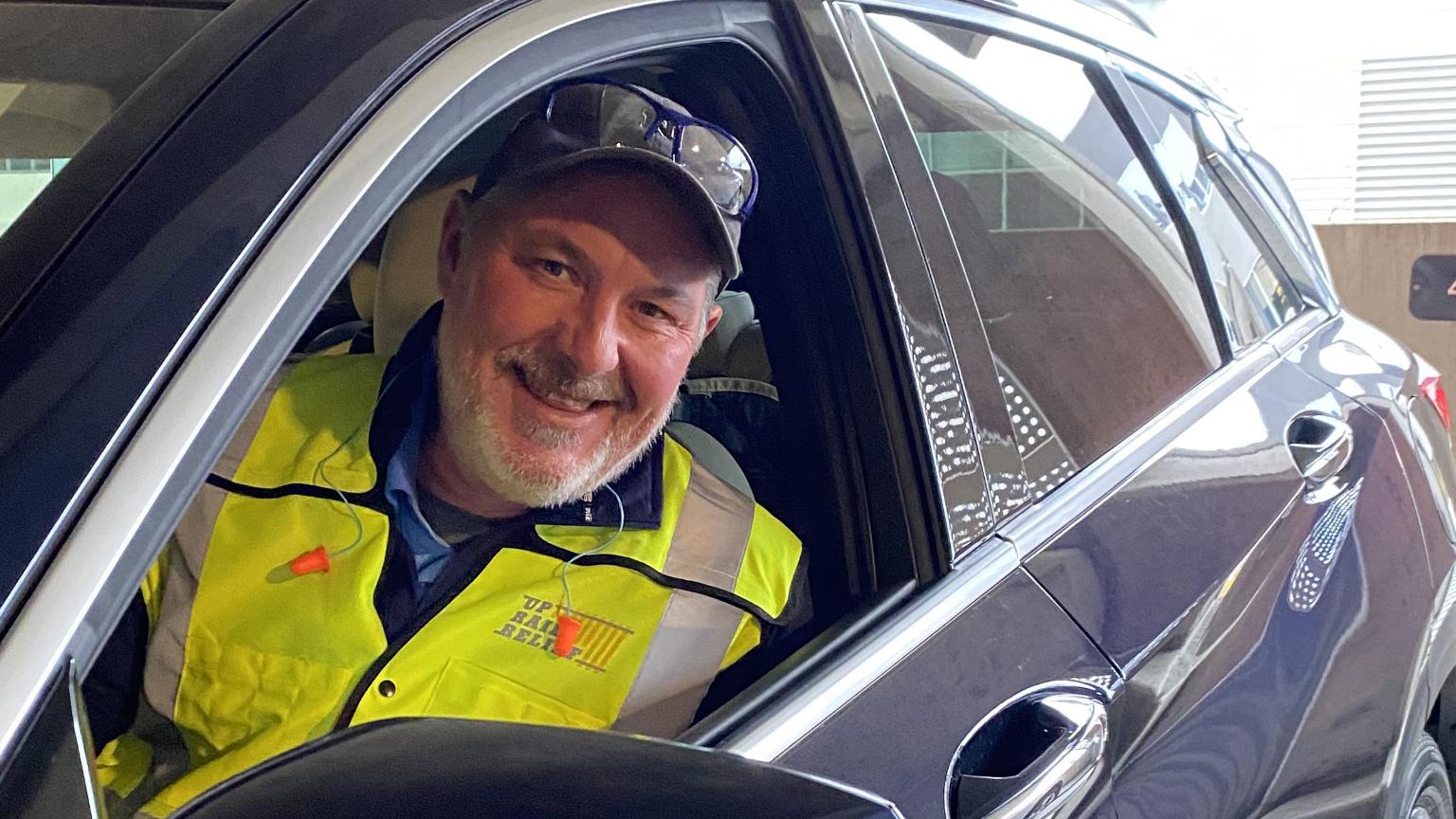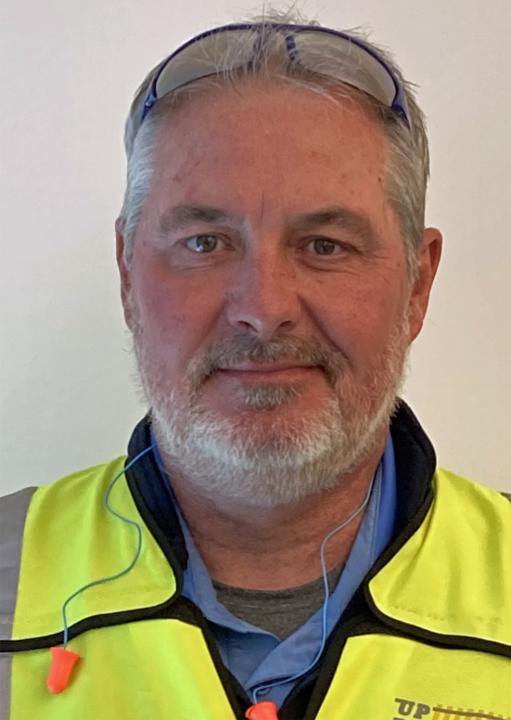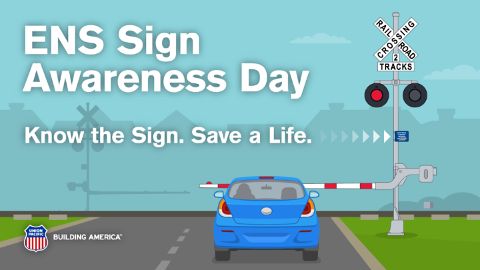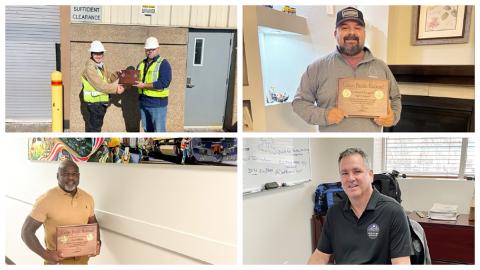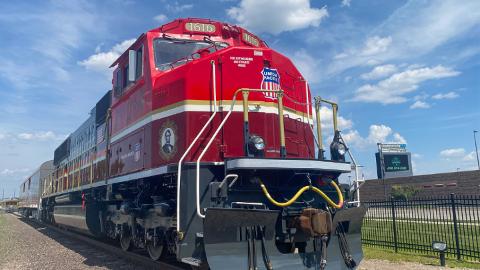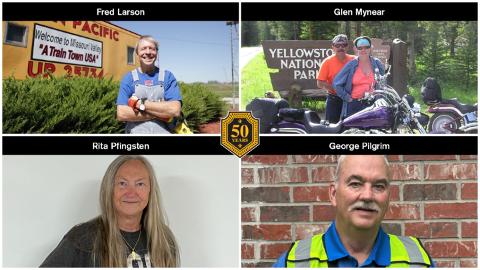I work for an amazing company. Over the years I’ve read stories about how we restore service to our lines and get trains moving no matter what mother nature throws our way. Floods sweep away our tracks, and days later we’ve erased all that damage and trains are running again. Fires destroy bridges and we replace them in weeks rather than months. Days after a hurricane passes our tracks are cleared, our crews are moving, and our trains are safely rolling.
What seems like truly heroic efforts are just another “day at the office” for the women and men working in our field operations.
As I was reading about the latest challenge, I wondered what I could do to help. My job at Union Pacific is in the Technology Department, where I work on the systems our customers need to manage their traffic. Headquartered in Omaha, I’m far away from the bitter cold, the roaring fires, and the washed-out tracks.
The answer was to volunteer for Rail Relief, a Union Pacific program where employees volunteer to help during times of severe weather or major business disruptions to provide support to our front-line transportation supervisors. I talked to my supervisor and took the plunge.
But before I could get my hands dirty, I had to learn more about railroading. Live rail operations are a completely different world than the office where I spend most of my days. Let’s face it, rail operations are dangerous, and no one should be around live railroad tracks except employees who have been trained to safely do so.
Upon volunteering, I underwent core training to ensure I could safely work in and around live tracks and acquired the proper gear – called Personal Protective Equipment or PPE – which includes reflective vests, earplugs, a hardhat and steel toe boots!
Subscribe to Inside Track
As a Rail Relief volunteer, I get called to assist driving train crews in and around the disaster areas to where they’re needed, and then get them back home. I’ve helped move crews around in rail yards, driven crews hundreds of miles to relieve other crews – a job we call “Dogcatching” -- or just driven crews to motels so they can rest.
I’ve given hundreds of crews rides around the country in the past year, in locations that included the high desert of Nevada, the cornfields of Iowa, and the bayous of Louisiana. As a result, I’ve gained a new understanding of our operations and brought that experience back with me to the office and to my daily work.
Every day I volunteered for Rail Relief has been different, but the one consistent thing I’ve experienced no matter where or how far I’ve driven our crews: As they got out of the vehicle, every last one of them has thanked me – and I thanked them in return.

